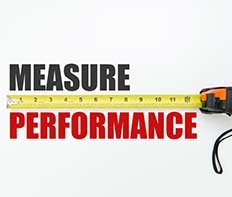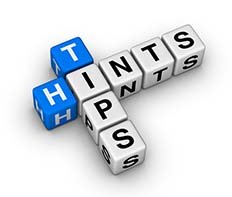Being Prepared for your Performance Appraisal Interviews

The amount of time required to prepare for a performance review depends on how easy it is to access to the information that you need to rate your employee, and which rating method you are using and how diverse the tasks completed by your employees are.
As a minimum you will need to
- Review the employee’s goals for the year
- Collect data to help asses the employees performance
- Gather other sources of evidence, such as input from internal customers
- Collate examples for behavioral feedback
- Review your notes taken during your one-on-ones
- Review your mid year assessment
Don’t take short cuts in your preparation – good preparation will result in good outcomes whereas poor preparation causes employee dissatisfaction
Before you enter into a performance review you should have formed an opinion on the rating that you intend to give your employee, however you should be open to influence and flexible to change your rating based on any evidence that the employee may present.
Once you have formed an opinion take time to ensure the rating you have in mind is consistent with performance feedback that you have provided throughout the year.
A key driver of employee engagement is “the manager being aware of the employees performance” with this in mind 20 minutes before your scheduled discussion, complete a quick review of the evidence pack that you have assembled for the employee.
Booking your Employee Performance Reviews
It is wise to book an appraisal interview sufficiently in advance that both the manager and the employee have time to prepare for the discussion. Generally, 10 – 14 days before the interview is considered enough time.
It is important that your employee be clear about the nature of the discussion, ideally you will send a meeting invitation using your calendar tool including
- in the meeting title the words “End of year Performance Review” or “Mid year Performance Review”
- in the body of the meeting invitation advise the employee of the purpose of the discussion, what the employee is expected to prepare for the session and how the session will be conducted.
Before you send the meeting requests to your employees, speak to them. In your team meetings in April, May and June remind your team that your end of year reviews are coming up in July. This will help your people to feel more relaxed about their performance reviews.
Follow a Good Interview Structure
As with all meetings it is important to have an agenda for an employee performance review. The following agenda should help you to get the most out of your review meeting.
Agenda
- Discussion Phase
- Emphasis the employees strengths and discuss how these strengths can be built on
- Focus discussion on observable behaviour
- Rating phase (options)
- Tell the employee your rating and sell your reasons to them
- Tell the employee your rating and discuss the ratings
- Discuss each rating collaboratively and agreeing on final rating
- Development Phase
- Discuss progress on development goals for the next twelve months
- Recap rating and next steps








